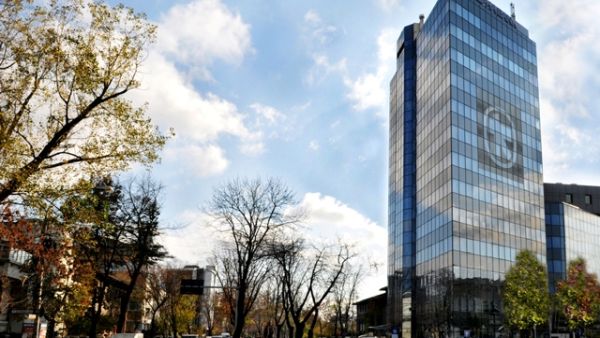Today's rating action reflects Moody's opinion that ABR has made significant progress over the past years in improving solvency, and its funding profile, contributing to upward pressure on the bank's BCA. This resulted in Moody's aligning the outlook on ABR's ratings with the positive outlook on ABR's Greek parent Alpha Bank AE (AB; Caa2 positive, caa2), whose weaker credit standing constrains ABR's credit profile.
A full list of affected ratings and rating inputs can be found at the end of this press release.
RATINGS RATIONALE
RATIONALE FOR AFFIRMING STANDALONE BASELINE CREDIT ASSESSMENT
By affirming ABR's b2 BCA, the rating agency acknowledges the bank's overall stronger and more resilient financial fundamentals versus the weaker standalone profile of its parent AB. At the same time, the affirmation of ABR's BCA reflects Moody's considerations that the credit quality of parent banks and their subsidiaries are typically linked. Therefore, and despite the improvement in the financial fundamentals of ABR, its b2 BCA remains constrained at three notches above the caa2 weaker credit profile of its Greek parent. Without this constraint, ABR's BCA could be positioned several notches higher. The three notch difference remains underpinned by brand association and material, although declining, financial links with its parent. The BCA also reflects ABR's domestically focused operations and its track record of successfully withstanding challenges to its funding and capitalisation since the unfolding of the Greek banking crisis in 2010.
Following a series of non-performing loan sales, ABR has much improved its solvency profile. It reported a non-performing loan ratio of 6% as of H1 2018, significantly down from 14% in 2016. ABR shows strong capitalisation with a Tangible Common Equity (TCE) over risk weighted assets (RWA) ratio of 21% and leverage measured as TCE over Assets of 9.9% as of H1 2018. The improved solvency of the bank provides a solid base for the bank's future loan growth. While core earnings generation is still weak, we expect ABR's earnings to improve on the back of gradually recovering lending that should partially offset benefits from lower reversals of loan-loss provisions. The bank's profitability has been volatile with return on asset of 0.7% as of H1 2018 down from 1.4% in 2017.
A gradual shift in the funding structure of ABR has lowered the bank's dependence on parental funding, thereby contributing to the fundamental strengthening of its credit profile. ABR's loan to deposit ratio was 110% as of H1 2018, a strong improvement from 120% as of year-end 2017 (2016:144%); however, it remains elevated compared to Moody's rated peer's average of 75% as of H1 2018. Intragroup funding was reduced to 26% of total balance sheet as of end 2017 from 35% as of year-end 2016 (2015: 59%).
RATIONALE FOR AFFIRMING DEPOSIT RATINGS, CR ASSESSMENT AND CRR
The affirmation of ABR's long-term deposit ratings reflects the bank's BCA and Adjusted BCA and continues to incorporate the result of Moody's Advanced Loss Given Failure (LGF) analysis that indicates a very low loss-given-failure for junior depositors of ABR, resulting in an unchanged two-notch uplift in the deposit ratings from the bank's Adjusted BCA. Moody's maintains a low probability of government support for the bank's junior depositors, however, this does not result in any additional uplift in deposit ratings.
RATIONALE FOR THE POSITIVE OUTLOOK
The positive outlook on the bank's long-term deposit ratings is now in line with that of ABR's parent AB.






























